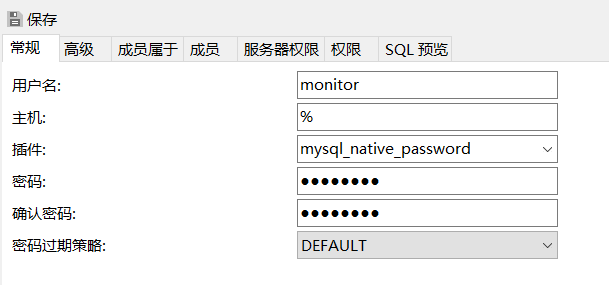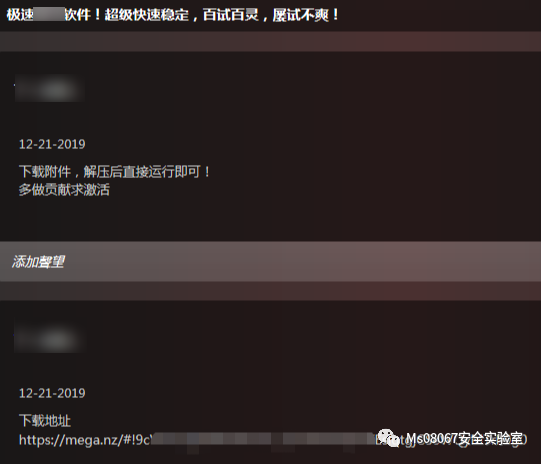I'm using nlsLM() to make a model of a power function, but I need to summarize my data within the function call to find the appropriate coefficient and exponent. More specifically, here is what my model code looks like:
Jmod = nlsLM(value~(a)*summarise(funs(mean), (MW)^b),
start = list(a=100000, b = 1/3), data = mod_data,
upper = c(Inf,1), lower = c(0,1/5))
where MW is the data I am trying to use to predict value. The data for MW is already grouped by month based off a variable called datetime, so I would like to take the monthly average of MW^b where b is found by the nlsLM() statement.
I would take the average beforehand, but as you may realize, this is not mathematically equivalent [ie. ((a+c)/2)^b is not equal to (a^b + c^b)/2].
If anyone has any info on how to do this, I would be greatly appreciative!
EDIT:
Below is the code to make a sample data set of what I'm trying to work with:
structure(list(datetime = structure(c(1514782800, 1480568400,1504242000, 1509512400, 1509512400, 1485925200, 1517461200, 1485925200, 1501563600, 1467349200, 1472706000, 1454302800, 1483246800, 1498885200, 1506834000, 1477976400, 1483246800, 1477976400, 1509512400, 1496293200, 1451624400, 1454302800, 1454302800, 1464757200, 1498885200, 1517461200, 1462078800, 1506834000, 1522558800, 1483246800, 1501563600, 1451624400, 1485925200, 1501563600, 1451624400, 1517461200, 1475298000, 1480568400, 1512104400, 1456808400, 1477976400, 1475298000, 1517461200, 1459486800, 1501563600, 1477976400, 1506834000, 1506834000, 1451624400, 1483246800), class = c("POSIXct", "POSIXt"), tzone = ""), value = c(2863.27837518519, 2878.40382333333, 1236.74444444444, 3522.48888888889, 3522.48888888889, 2033.55555555556, 3305.5, 2033.55555555556, 2094.7037037037, 3052.91875740741, 2960.52222222222, 1733.7918262963, 2850.28673851852, 2841.40740740741, 3310.77538814815, 2266.26172851852, 2850.28673851852, 2266.26172851852, 3522.48888888889, 2802.55555555556, 2196.82556740741, 1733.7918262963, 1733.7918262963, 3001.43703703704, 2841.40740740741, 3305.5, 2061.4826762963, 3310.77538814815, 3107.01851851852, 2850.28673851852, 2094.7037037037, 2196.82556740741, 2033.55555555556, 2094.7037037037, 2196.82556740741, 3305.5, 2848.90322592593, 2878.40382333333, 2873.73476703704, 2208.64755074074, 2266.2172851852, 2848.90322592593, 3305.5, 2021.68765444444, 2094.7037037037, 2266.26172851852, 3310.77538814815, 3310.77538814815, 2196.82556740741, 2850.28673851852), mon = structure(c(2018, 2016.91666666667, 2017.66666666667, 2017.83333333333, 2017.83333333333, 2017.08333333333, 2018.08333333333, 2017.08333333333, 2017.58333333333, 2016.5, 2016.66666666667, 2016.08333333333, 2017, 2017.5, 2017.75, 2016.83333333333, 2017, 2016.83333333333, 2017.83333333333, 2017.41666666667, 2016, 2016.08333333333, 2016.08333333333, 2016.41666666667, 2017.5, 2018.08333333333, 2016.33333333333, 2017.75, 2018.25, 2017, 2017.58333333333, 2016, 2017.08333333333, 2017.58333333333, 2016, 2018.08333333333, 2016.75, 2016.91666666667, 2017.91666666667, 2016.16666666667, 2016.83333333333, 2016.75, 2018.08333333333, 2016.25,2017.58333333333,2016.83333333333, 2017.75, 2017.75, 2016, 2017), class = "yearmon"),
MW = c(2.6142700774997, 4.02670249993547, 0.666666666666667,
0.724114015571947, 4.07197668868287, 3.74122386862433, 3.30097429092907,
3.84858110028323, 0.666666666666667, 0.666666666666667, 4.35000446878457,
0.666666666666667, 0.666666666666667, 3.8371824280444, 0.825077317374,
0.666666666666667, 4.028058457579, 0.666666666666667, 4.3378032532779,
3.84270845997837, 1.40955788986009, 0.666666666666667, 0.666666666666667,
4.05845600900597, 4.00664052392117, 4.0295346724872, 0.666666666666667,
4.14159923664523, 4.231951299842, 3.9562222817766, 0.666666666666667,
3.61602795165213, 0.666666666666667, 3.58079262746603, 4.12197770915903,
4.2610646492437, 4.02152528469467, 1.0117763092792, 2.03648922832252,
0.666666666666667, 0.666666666666667, 3.8042476910097, 3.91787334748133,
0.666666666666667, 0.666666666666667, 0.89571472289964, 4.1530002677697,
3.93733212731873, 0.710671314318797, 0.666666666666667)), .Names = c("datetime", "value", "mon", "MW"), row.names = c(39113L, 12946L, 4365L, 37505L, 36601L, 31055L, 39814L, 31433L, 32105L, 20668L, 18191L, 8328L, 10232L, 25689L, 35528L, 4577L, 10302L, 5146L, 37975L, 29670L, 28429L, 7932L, 8468L, 23120L, 25111L, 39699L, 24312L, 36246L, 1556L, 11068L, 33269L, 29163L, 31685L, 32419L, 29059L, 40618L, 16751L, 11737L, 34371L, 6001L, 4864L, 16413L, 40304L, 8716L, 33190L, 5399L, 35610L, 36462L, 28338L, 10371L), class = "data.frame")
This will create the mod_data that I am using to make the model. And just to reiterate, what I have done here is group data by month, found in the mon column of my data, and now I want to summarize the data by month, but with the exponent included in the mean, as seen in my above code. Thanks again!





